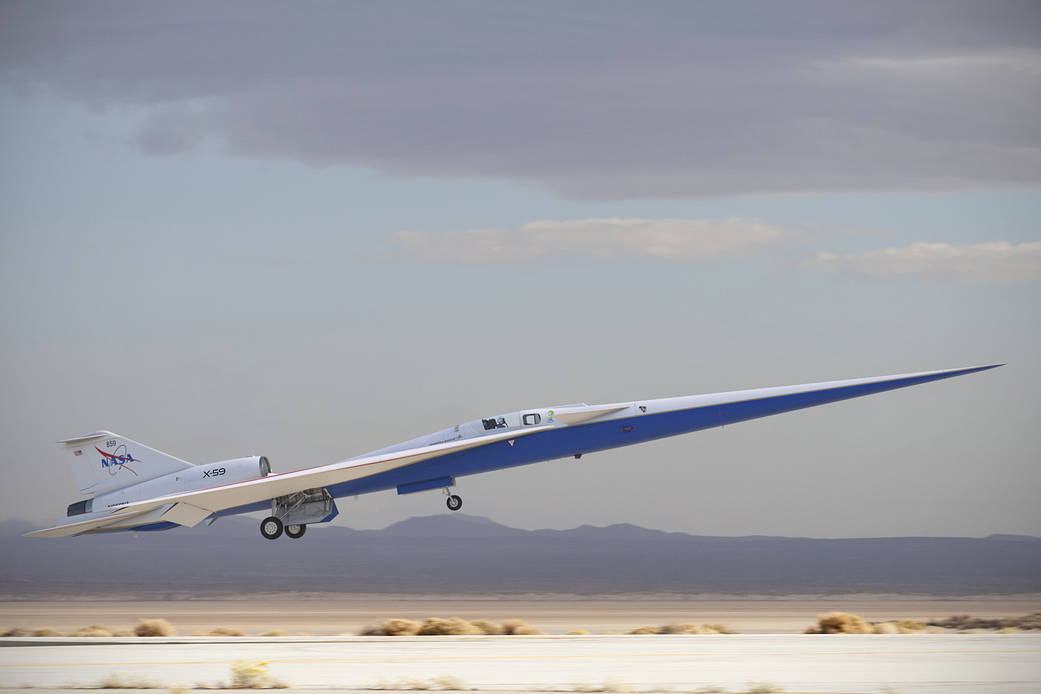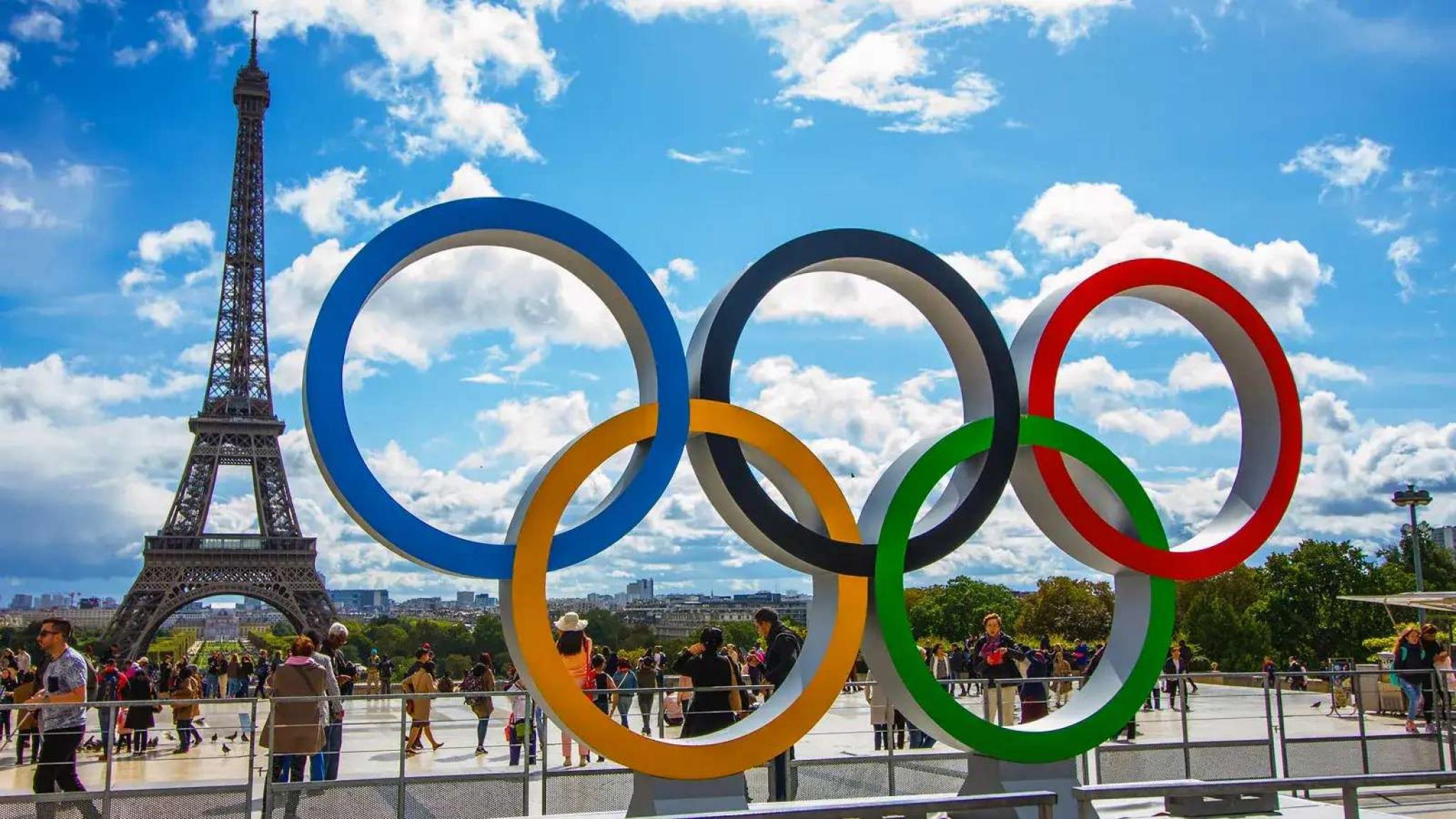London to New York in about 90 minutes – NASA supersonic plane
In order to transport commercial passengers from London to New York in about 90 minutes, NASA is looking into the possibility of developing a supersonic jet. In order to create an aircraft with technology that minimizes the volume of a sonic boom—the audible boom we hear on the ground when a plane flies faster than sound—the US space agency’s Quesst project was launched in 2016.
In order to travel from New York City to London in an astoundingly brief period of time—just 90 minutes—NASA is researching supersonic aircraft.
While the business expects to “gather data from the public to learn what people think of the X-59’s sound” from test flights scheduled to take place from 2024 through 2026, NASA has not yet decided which regions of the nation the ship will fly over.
According to Peter Coen, NASA’s mission integration manager for Quesst, the aircraft “has the potential to transform air travel as we currently know it,” easing the path for high-speed commercial air travel by figuring out how to make planes less noisy when they sonic boom.
The French and British-built Concorde, which previously held the record for fastest passenger jet in history with a top cruising speed of Mach 2.04, or 1,354 mph, more than twice the speed of sound, forms the foundation for both the X-59 and NASA’s even faster forthcoming jet.
Top 10 Fastest Plane in the World
14 Concorde aircraft were built in the late 1960s for commercial usage, carrying up to 128 passengers on voyages, however the model was discontinued in late 2003 after an engine failure and disaster that claimed 113 lives.
But by that time, Concordes had already come under fire for being exceedingly noisy and expensive to operate.
When an object moves faster than sound, it produces a sonic boom, which sounds like thunder and can be heard when jets fly overhead.
In order to develop a potential road map for making such journeys a reality, firms like Boeing and Rolls-Royce have been engaged. This includes developing design ideas for supersonic passenger aircraft.
According to Mary Jo Long-Davis, manager of NASA’s hypersonic technology project, “the ideas for design and tech strategies are really important to have in our hands when the companies are finished.”
“We are aware of the need to consider societal, economic, safety, and efficiency issues.
“Responsible innovation is crucial if we want to benefit travelers and made it environment friendly.”
The Virgin Galactic aircraft is the fastest passenger aircraft in the world by 2023. Six people on board the rocket plane traveled at a speed of Mach 3 over New Mexico, USA, in July 2021.
The VSS Unity has just one rocket engine, unlike the other planes on this list. It must be transported on the back of the White Knight Two cargo plane to the launch height of 15,000 meters because it cannot take off on its own. Once it has taken off, it can travel at an altitude of around 90 kilometers and achieve speeds of over 3700 km/h.
The ticket for the 90-minute flight cost something like starts at $250,000 and goes up to $450,000.



